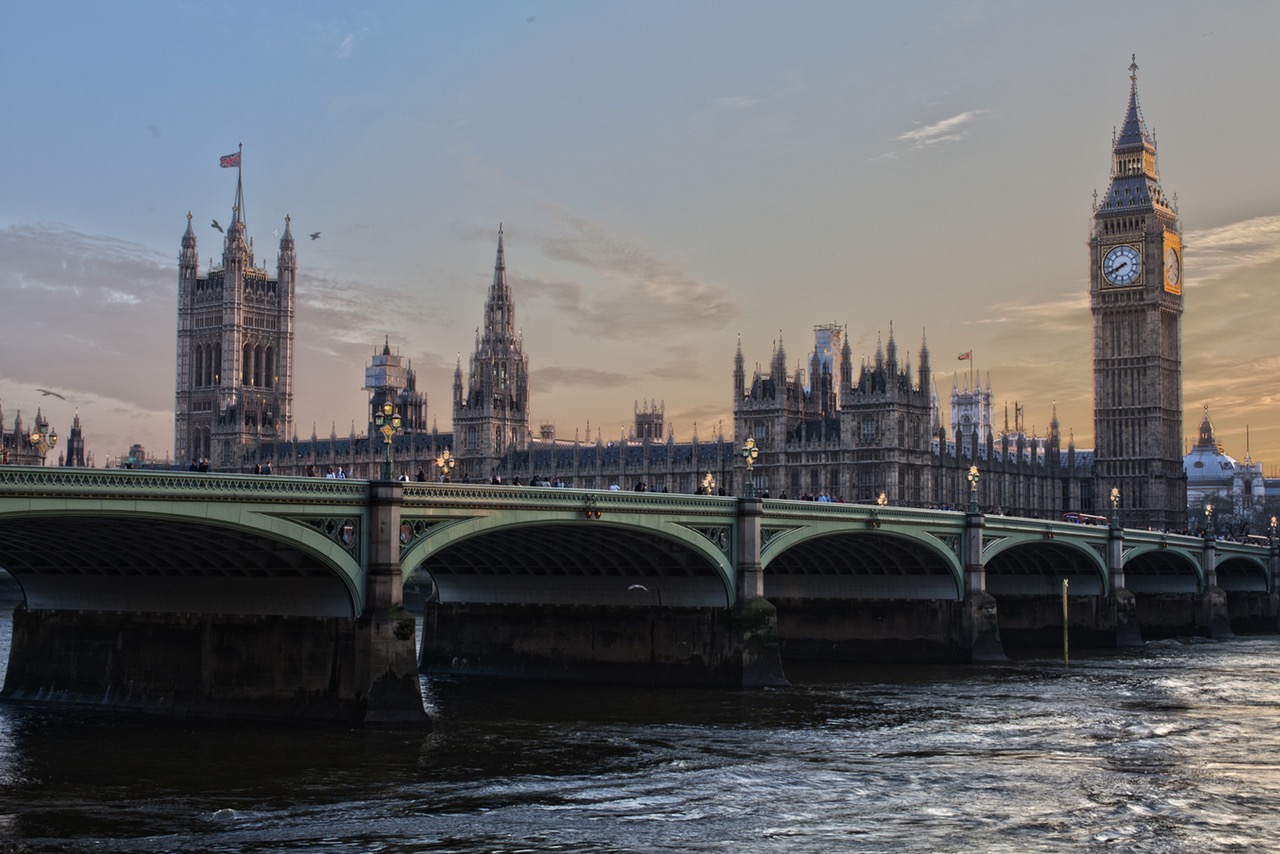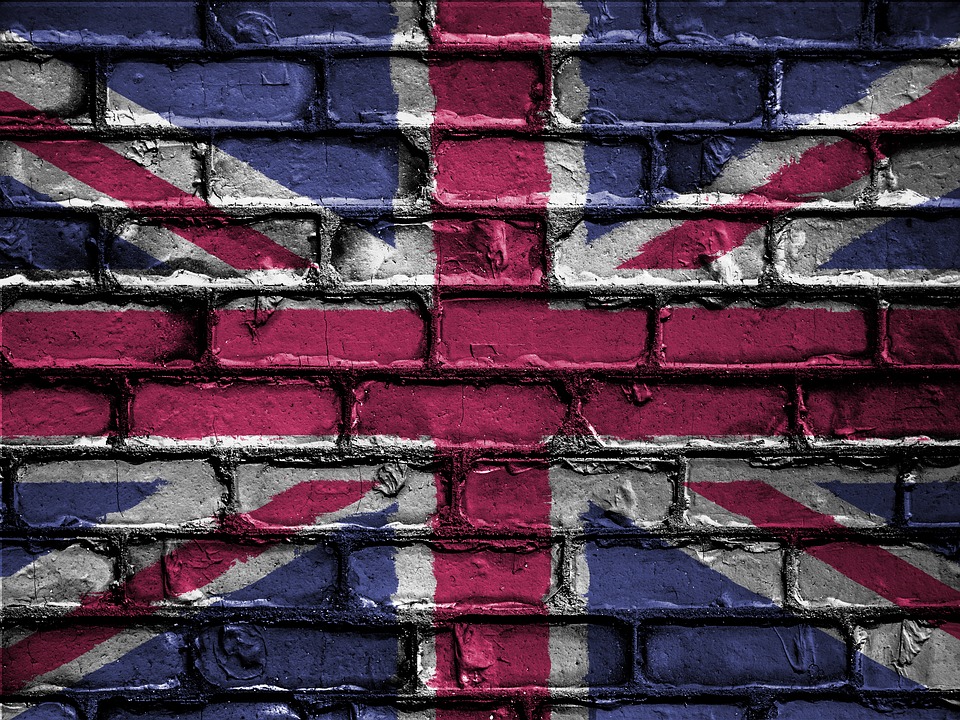As part of every major decision, taking the British citizenship, as well as any other naturalisation, is a long and intense process that requires a lot of patience and research. So, here’s the step by the step of my “Becoming British” journey!
A positive point at my application is to know I don’t have to give up my Brazilian citizenship, obtaining dual citizenship once I become British. Some other nationalities do not offer this option. So, you need to know if you are really prepared to “swap” nationality.
When you are sure of this decision, the next step to naturalisation is to understand if you fit into the categories required for this application. I do recommend reading with attention the link Become a British Citizen at the Home Office website to be sure your application will be accurate.
Research as much as you can, and if possible, talk to friends who have already got the British citizenship. This kind of help will always be welcome in case of doubts before and during the process.
In general, you must be living in the country for five years to apply for the naturalisation. As I am married to a British citizen, my citizenship could be applied after completing three years living in England. But that does not mean the process has been easier.
Research and don’t be stuck!
There are several documents that need to be presented, criteria that need to be met, and English proficiency tests that are required to achieve the success taking the British citizenship. This way, it’s important to start putting together all the documentation needed, way before starting the official procedure. And that is the moment you realise researching becomes a fundamental part of it all.
Remember that to take the British citizenship through naturalisation you must have already the residence visa permanently as well – Indefinite Leave to Remain. Those who live, work or study abroad know that there are many visas to apply before reaching the citizenship process. Here in England, the ILR is the last step before becoming British.
Some other important criteria cannot be ignored, such as not spending more than 270 days outside the UK in the last three years or more than 90 days outside the country in the last 12 months.
Proof of proficiency in English is another documentation required for people of some nationalities, like Brazilians. You will need to take the Life in The UK Test as well as a second English proficiency test to begin your citizenship process.
Check out the list of tests approved by the Home Office here. And check here, the list of nationalities and citizens that don’t need to prove their knowledge in English.
References
Another important step is choosing who will be your two references in the application that need to know you for at least three years. And they also need to fulfil some criteria requested by the Home Office, like having some specific professions, for example.
Drafts are always important!
Something that helped me a lot throughout the application was printing the Naturalisation as a British – AN Form and the guides that explain how to fill it out correctly.
I used this copy as my initial “draft” and the guides helped me give me more confidence about it. In addition, it is at this point that you will make the first checklist to apply for your citizenship safely.
But what documents are required?
You will find the list of supporting documents required on the last pages of the naturalisation form. But the documents that were requested for my type of citizenship were:
- Passport (showing all stamps of my trips during the years that cover the required period for the citizenship – in my case for the last three years);
- P60 forms (which is your annual tax return provided by your employer);
- Certificate of English proficiency and proof of Life in The UK test;
- My husband’s passport;
- Original marriage certificate;
- Biometric permanent residence card – (which is your identity here when taking the permanent visa – Indefinite Leave to Remain)
The Home Office may need to get in touch with you if they need more supporting documents.
How to apply?
There are three ways to apply for British citizenship through naturalisation:
- Making an individual application;
- Using the National Checking Service (NCS);
- Using an agent or representative
I chose to use the National Checking Service, which are the local authorities accepted by the Home Office to help you to submit the naturalisation application. Most cities in the UK have a National Checking Service. I recommend this service because I could keep my original documents since they only take copies to be sent to the Home Office. And this is the safest way to apply for a citizenship, in my opinion.
There is no risk of losing documents and the lady who has helped in this procedure was extremely knowledgeable and professional.
You need to make an appointment and pay £ 80 for the service. But believe me, is worth every penny spent!
So, book your appointment at an NCS near where you live, take the AN form filled, of course, and remember to have the amount of the citizenship fee already available as well, because it will be on that day that you will authorise the Home Office to withdraw that amount from your bank account.
The fee for the citizenship (from April 2017) is: £ 1282
Biometrics Test
A week after I had my appointment with the NCS staff in February this year, I received the letter from the Home Office to take out my Biometrics test, in which you need to go to a post office to take your fingerprints and photo that are part of the naturalisation procedure as well.
You pay an additional fee of £ 19.20 for this service.
After taking out the Biometrics just wait for the result which will be a letter from the Home Office confirming your application. The next step will be the invitation to the citizenship ceremony and finally, the British passport.
Home Office states that the citizenship procedures take around six months to be completed. Sometimes more than this. It’s a time-consuming step, but it certainly makes up for the wait, if you’re prepared for the challenge!





